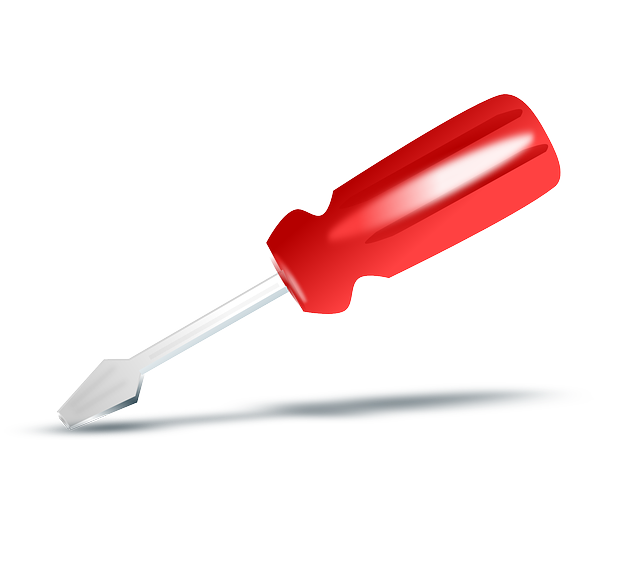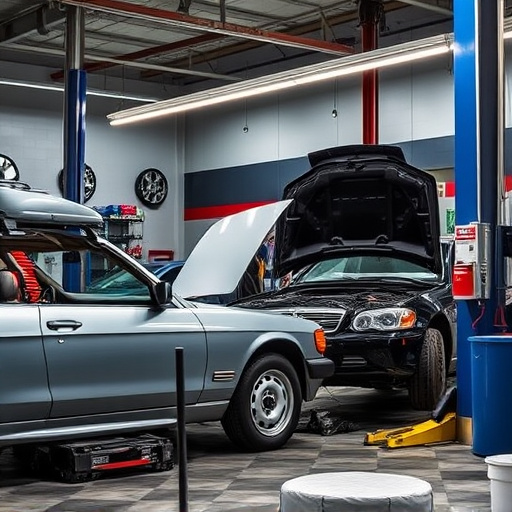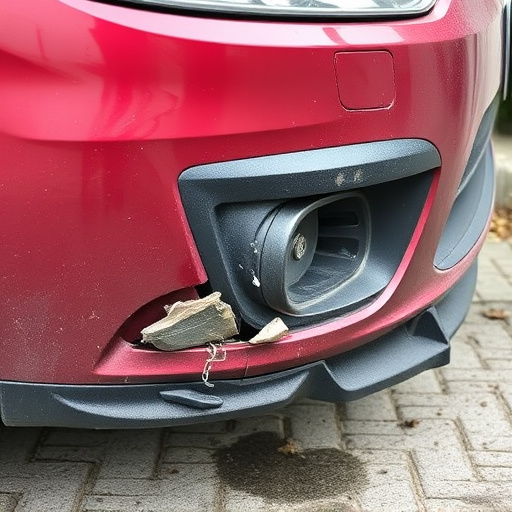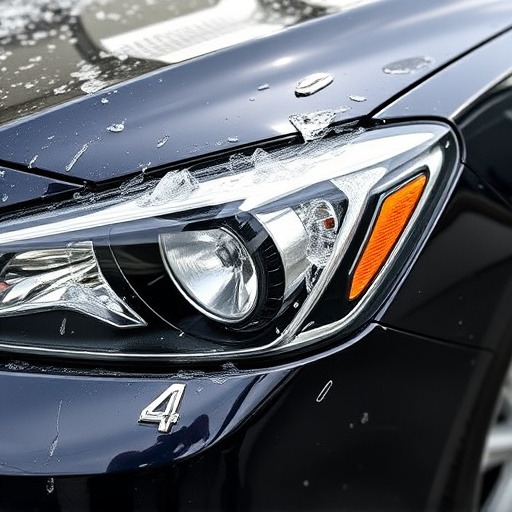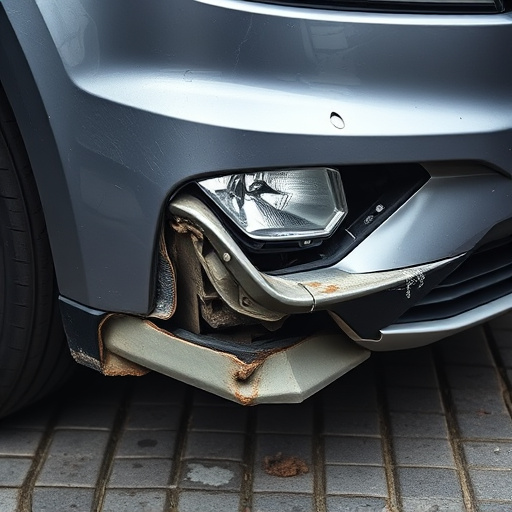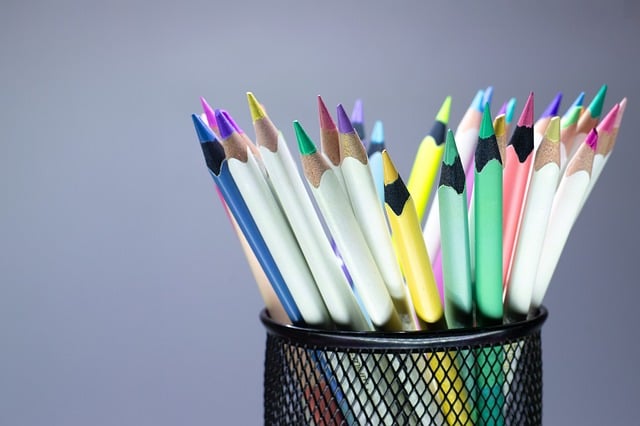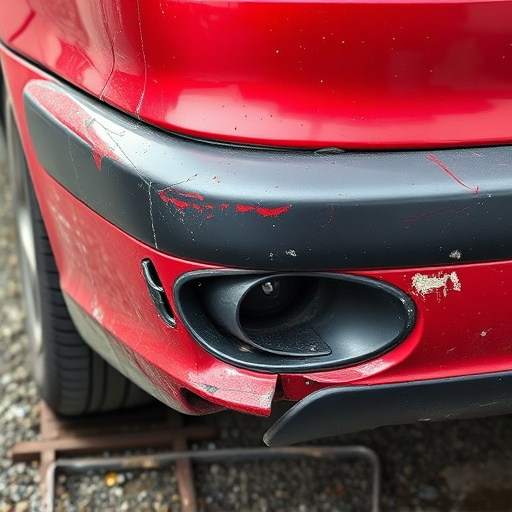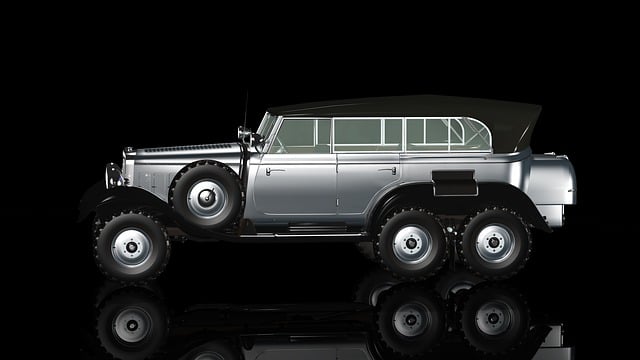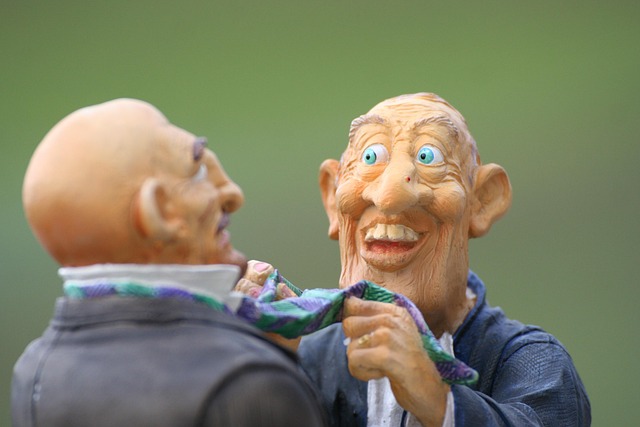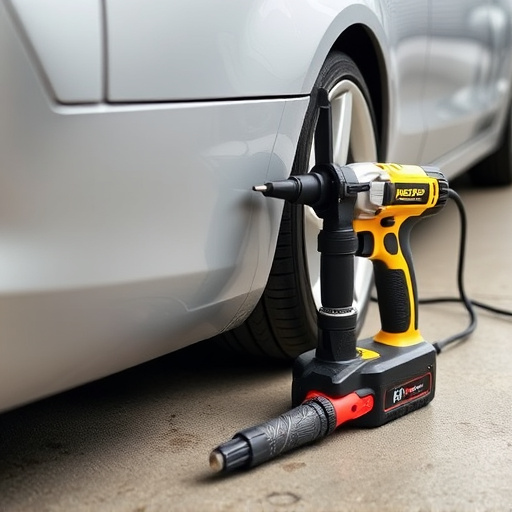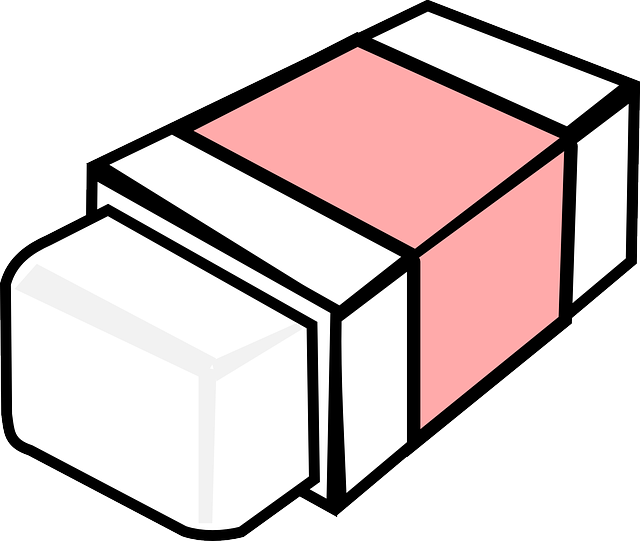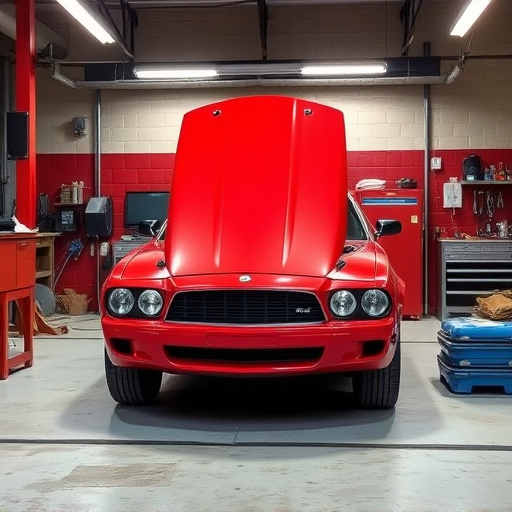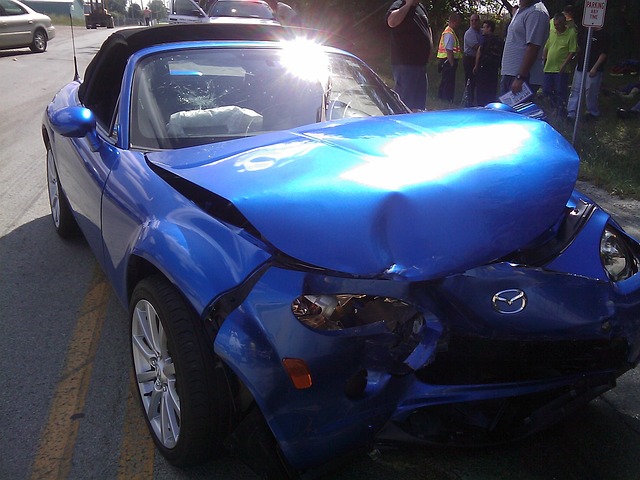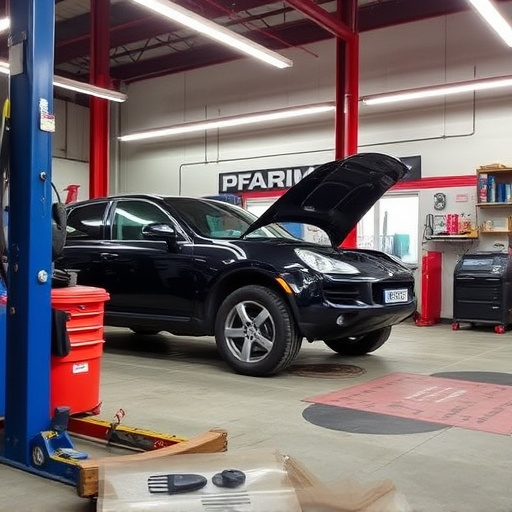Vintage auto body repair is a specialized field challenging due to the age, intricate designs, and scarce original parts of classic cars. Skilled technicians preserve historical authenticity, addressing issues like rust and faded paint while using traditional construction methods and preserving unique mechanical components. Many owners prefer specialized collision centers for these prized possessions, emphasizing meticulous detail and historical integrity.
Dive into the captivating world of vintage auto body repair, where preserving history meets meticulous craftsmanship. Understanding the unique challenges of these timeless vehicles is paramount. From identifying specific issues to conducting thorough historical research, each step ensures accurate restoration. This article equips you with essential tools and techniques, guiding you through the process of restoring authenticity. Learn when to restore or replace, master original finishes, and discover long-term care secrets for these classic cars, all while exploring the art of vintage auto body repair.
- Evaluating Vintage Cars for Body Repair: Identifying Unique Challenges
- – Understanding the characteristics of vintage cars
- – Common issues and unique features to look out for
Evaluating Vintage Cars for Body Repair: Identifying Unique Challenges
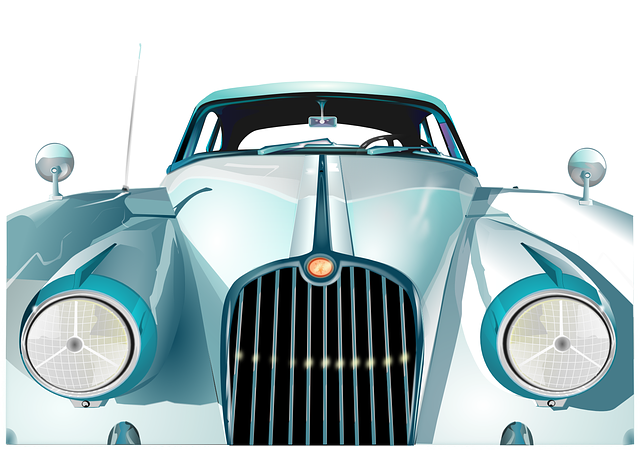
When evaluating vintage cars for body repair, one must consider the unique challenges that come with restoring an older vehicle. These cars, often spanning decades, possess intricate designs and materials that may no longer be readily available or easily replaceable. The quest for authentic parts becomes a crucial aspect of vintage auto body repair, requiring enthusiasts to explore junkyards, collect from other restorers, or even replicate parts from scratch.
Additionally, these old cars might have suffered from years of neglect, compromising their structural integrity. Auto dent repair techniques specific to vintage vehicles must be employed to address dents, scratches, and rust without causing further damage to the original, delicate finishes. Skilled technicians in vintage auto body repair understand that each car tells a story, and preserving its historical authenticity is paramount for car enthusiasts who appreciate the charm of bygone eras.
– Understanding the characteristics of vintage cars
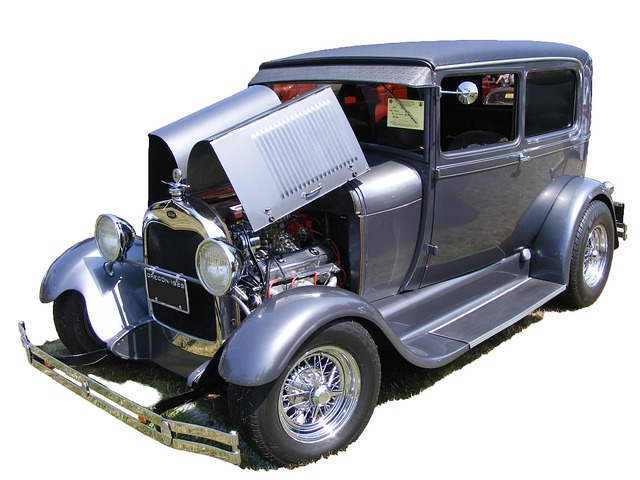
Vintage cars are unique and prized possessions for many automotive enthusiasts. When it comes to their upkeep, understanding the specific characteristics of these classic vehicles is crucial for effective vintage auto body repair. These older models often feature intricate designs, delicate finishes, and specialized mechanical components that require a nuanced approach during any restoration or repair process. Unlike modern automobiles, vintage cars may have limited availability of genuine parts and original design blueprints, making it a challenge for collision repair shops to source the right materials.
The art of vintage auto body repair involves meticulous attention to detail, as even minor imperfections can affect the vehicle’s overall aesthetic appeal. It often requires skilled technicians who possess a deep knowledge of the car’s history and construction. In many cases, owners opt for restoration services from specialized auto collision centers that cater specifically to these classic vehicles, ensuring that every repair and modification is carried out with utmost care to preserve their historical integrity.
– Common issues and unique features to look out for
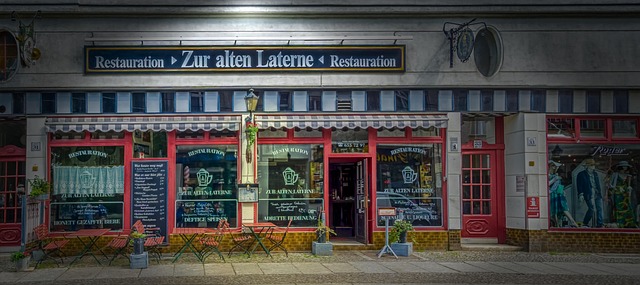
Vintage auto body repair presents a unique set of challenges compared to modern vehicles. Common issues include rust, which can be more pervasive and deeper due to older metalworking techniques and materials. Additionally, original paint jobs may have faded or become brittle over time, making it difficult to match colors precisely. Unique features to look out for are intricate hand-laid panel lines, traditional wood or steel frames, and specialized hardware that might no longer be in production.
When undertaking vintage auto body repair, understanding the original construction methods is key. This includes knowing how panels were attached, what types of screws or rivets were used, and the overall structure of the vehicle. For instance, some classic cars feature removable body panels for easy access during repairs, while others have more integrated designs. Familiarizing yourself with these details ensures that any repair techniques used are not only effective but also respectful of the vehicle’s historical integrity.
Vintage auto body repair is a specialized art that requires a deep understanding of bygone era automobiles. By recognizing the distinct characteristics and common issues found in these classic vehicles, restorers can navigate the unique challenges they present. Armed with this knowledge, enthusiasts can preserve and revive these historical gems, ensuring their legacy for future generations to admire and appreciate. Embracing vintage auto body repair not only keeps these cars on the road but also maintains a living tapestry of automotive history.

